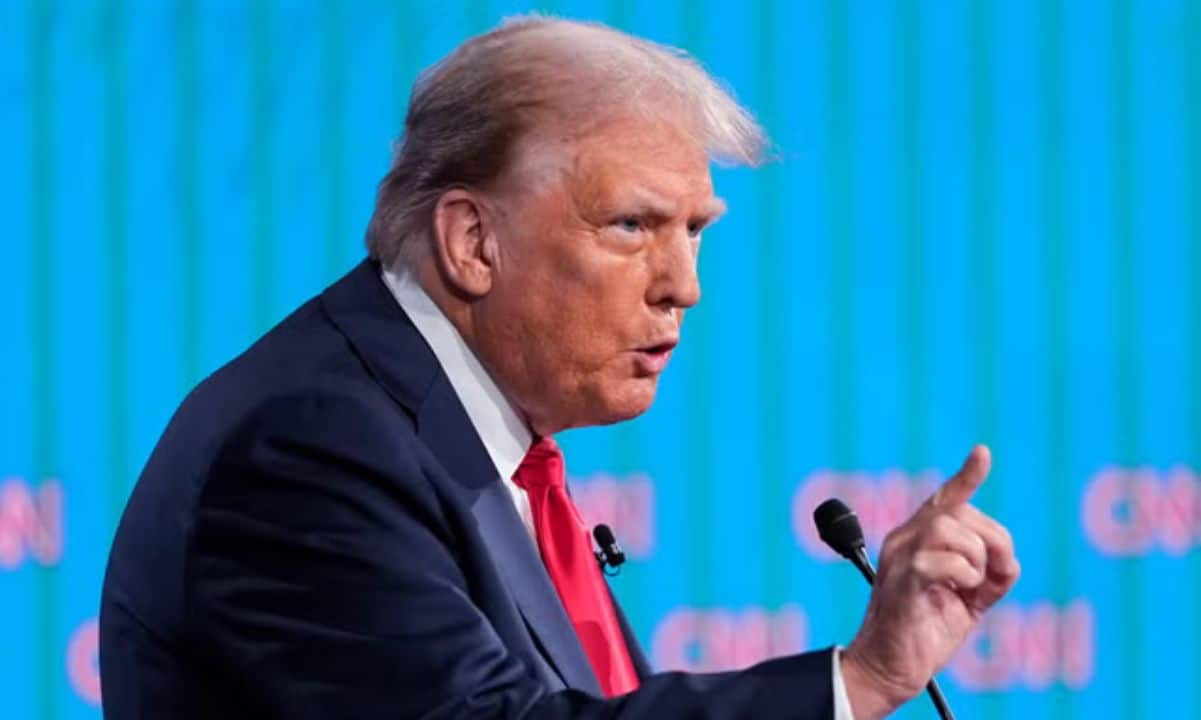The Ethereum Foundation: A Paradox
The Ethereum Foundation is a paradox. Despite its commitment to decentralization, it operates as a centralized entity, with a director, a treasury, paid developers, and an inner circle. These structures, while necessary for coordination, create tensions with Ethereum’s decentralized ethos.
The Foundation Today
It is not widely known, but the current foundation was constructed in a less than ideal way. The previous director, Ming, was ousted in a coordinated effort by a group of people who have never been publicly identified or held accountable for it. I spoke with Ming days before her removal and she assured me she had no intent of leaving. I was later given information about who was responsible for her removal, but was not given much insight as to why.
I can infer some good-faith reasons based on the way the org has been run over the past seven years. A very important role of the organization is to protect against internal power struggles as well as external capture. These are noble goals and ones they seem to have accomplished effectively.
Another major focus seems to have been minimizing the public footprint of the organization and constructing it in such a way that it would not draw the ire of governments who might hold them accountable if the political winds shifted against them. But as political winds shift, and the marketplace provides alternatives, the organization itself must adapt, both in form and function.
Lead with Vision
Ethereum’s next phase demands more than just technical research and coordinating conferences. It requires visionary leadership — someone who understands not just the technology but its broader social, philosophical, and political implications. This leader must inspire a new generation of builders, connect technology with human needs, and navigate the complexities of the political landscape without compromising Ethereum’s ethos.
Be Transparent, Focus More on the Community
Transparency is equally critical. Over the past few years, the Foundation has retreated into the shadows, leaving the community feeling disconnected. But ethereum would have been nothing without its community, and it will be nothing if it loses it. A community must be managed, curated, and cared for. It requires the onboarding of new people, with new energy, and new ideas, bound by a common vision. This also includes the teams who build on ethereum.
Seize the Moment
From a legal perspective, Ethereum must embrace the opportunity to engage with lawmakers. The current American political climate is uniquely favorable, and inaction now risks losing momentum. America has elected a President who not only owns ether, but has himself launched a lending protocol on top of it. As of now, we are inhabiting a political landscape which was unthinkable even a year ago, when Democrats surprised so many of us by openly declaring war on crypto, and the future seemed uncertain. There has never been a better time than now to ensure that the promise of crypto is realized.
Lead by Example
The Ethereum Foundation should also consider utilizing its own technology to coordinate its operations and demonstrate the transformative potential of decentralized systems. By adopting Ethereum-based tools and protocols, the Foundation could potentially manage governance, treasury disbursements, decision-making processes, and community engagement.
Be Accountable, Build the Future
Finally, financial accountability must become a priority.
With $100 million spent annually, the Foundation should deliver measurable outcomes. Despite significant investment in technical research, user experience in crypto remains stagnant. Improving UX, UI, key management, and other security and usability problems isn’t insurmountable but has been severely neglected. This oversight reflects a blind spot which must be addressed before wider adoption is possible.
Conclusion
Ethereum began as more than just a technological project—it was a visionary movement for empowering individuals to achieve what once required massive resources. That vision is at risk of being lost. To reignite it, the Foundation must transform itself from a reactive institution into a proactive visionary force. For ethereum. For the community. For the greater good. For the future.
FAQs
Q: What is the Ethereum Foundation?
A: The Ethereum Foundation is a centralized entity that operates as a coordinator for the Ethereum network, with a director, a treasury, paid developers, and an inner circle.
Q: Why is the Foundation a paradox?
A: Despite its commitment to decentralization, the Foundation operates in a centralized manner, creating tensions with Ethereum’s decentralized ethos.
Q: What is the current state of the Foundation?
A: The current foundation was constructed in a less than ideal way, with the previous director, Ming, being ousted in a coordinated effort by a group of people who have never been publicly identified or held accountable for it.
Q: What does the future hold for Ethereum?
A: Ethereum’s next phase demands visionary leadership, transparency, community engagement, and financial accountability to ensure the continued growth and success of the network.
Q: What is the importance of user experience in crypto?
A: User experience in crypto remains stagnant, with significant investment in technical research being neglected. Improving UX, UI, key management, and other security and usability problems is crucial for wider adoption.
Q: Why is financial accountability important?
A: With $100 million spent annually, the Foundation should deliver measurable outcomes. Financial accountability is crucial to ensure the efficient use of resources and to drive progress.










